Álvaro Siza Viera is an architect who has spent much of his career focusing on low-income housing. He has worked tirelessly to ensure that less prestigious structures have received appreciation as architecture in their own right.
Siza was born in Matosinhos, Portugal on June 25, 1933. He put aside his love of sculpture to please his father, enrolling in an architecture school in Porto. He became a student of Fernando Távora, with whom he would collaborate until 1958.
Siza began his career designing four one-family houses in Matosinhos and the Boa Nova Tea House. Between the end of the 1950s and the beginning of the 1960s, he worked on a public pool and sport center in Leça da Palmeira.
These buildings showed Siza’s emerging style – one based on minimalism, rationalism, and a focus on harmony between new structures and pre-existing ones.
In 1954, Álvaro Siza opened his own studio. Between 1966 and 1969 he taught at the Porto School of Fine Arts.
In 1974, a popular uprising ended the dictatorship of Marcelo Caetano, who, along with his predecessor, António Salazar, had isolated Portugal from the rest of the world for more than four decades. The country soon fell into a deep economic crisis.
Siza supported SAAL, a mobile support service for social housing that linked local governments and poor citizens together in an effort to improve living conditions in the slums.
He designed Porto’s collective housing project in Sin Bouça and Porto’s São Vítor neighborhood. In 1976, the Porto School of Architecture made him chair of its Construction Department. Álvaro Siza continued his social works-oriented architecture.
He designed the Évora suburb of Quinta de Malagueria in 1977, and completed Schlesisches Tor, a low-income housing complex in West Berlin’s Kreuzberg neighborhood, in 1983.
In the 1980s, Siza was awarded several major international prizes, culminating in the prestigious Pritzker Prize in 1992.
His most important commissions were the 1994 Galician Center of Contemporary Art in Santiago de Compostela, Spain, and the Portuguese Pavilion for the Expo ’98 in Lisbon.
In 2000, he designed the “Piazza Municipio” stop in the Naples subway and in 2005 the temporary pavilion of London’s Serpentine Gallery.
Álvaro Siza Vieira teaches and lectures internationally. Today, he is one of the most important theoreticians on the architecture of public spaces.
Siza was born in Matosinhos, Portugal on June 25, 1933. He put aside his love of sculpture to please his father, enrolling in an architecture school in Porto. He became a student of Fernando Távora, with whom he would collaborate until 1958.
Siza began his career designing four one-family houses in Matosinhos and the Boa Nova Tea House. Between the end of the 1950s and the beginning of the 1960s, he worked on a public pool and sport center in Leça da Palmeira.
These buildings showed Siza’s emerging style – one based on minimalism, rationalism, and a focus on harmony between new structures and pre-existing ones.
In 1954, Álvaro Siza opened his own studio. Between 1966 and 1969 he taught at the Porto School of Fine Arts.
In 1974, a popular uprising ended the dictatorship of Marcelo Caetano, who, along with his predecessor, António Salazar, had isolated Portugal from the rest of the world for more than four decades. The country soon fell into a deep economic crisis.
Siza supported SAAL, a mobile support service for social housing that linked local governments and poor citizens together in an effort to improve living conditions in the slums.
He designed Porto’s collective housing project in Sin Bouça and Porto’s São Vítor neighborhood. In 1976, the Porto School of Architecture made him chair of its Construction Department. Álvaro Siza continued his social works-oriented architecture.
He designed the Évora suburb of Quinta de Malagueria in 1977, and completed Schlesisches Tor, a low-income housing complex in West Berlin’s Kreuzberg neighborhood, in 1983.
In the 1980s, Siza was awarded several major international prizes, culminating in the prestigious Pritzker Prize in 1992.
His most important commissions were the 1994 Galician Center of Contemporary Art in Santiago de Compostela, Spain, and the Portuguese Pavilion for the Expo ’98 in Lisbon.
In 2000, he designed the “Piazza Municipio” stop in the Naples subway and in 2005 the temporary pavilion of London’s Serpentine Gallery.
Álvaro Siza Vieira teaches and lectures internationally. Today, he is one of the most important theoreticians on the architecture of public spaces.
RELATED


GEORGE BALANCHINE


BRAD PITT


KRZYSZTOF KIELOWSKI


CHARLES BUKOWSKI
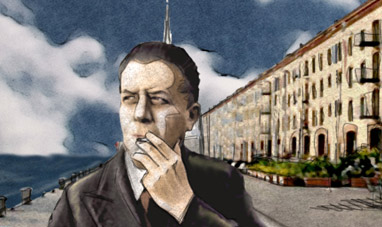

EUGENIO MONTALE


EURIPIDES


WALTER GROPIUS


PAUL GAUGUIN


ERNST LUDWIG KIRCHNER
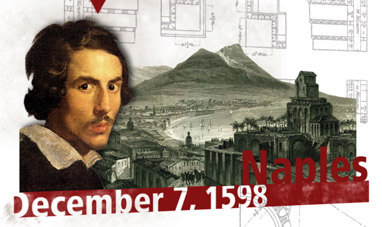

GIANLORENZO BERNINI
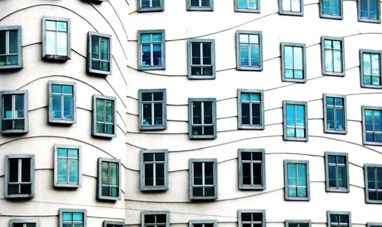

FRANK GEHRY


SERGEI RACHMANINOFF


PRAXITELES


MARTHA GRAHAM


FELIX MENDELSSOHN


POLYCLEITUS


KATE MOSS


BETTE DAVIS


BRUCE CHATWIN
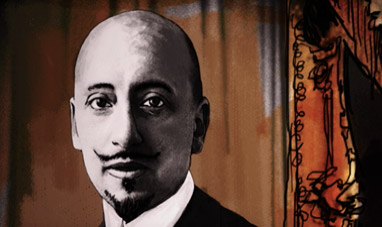

GABRIELE D'ANNUNZIO
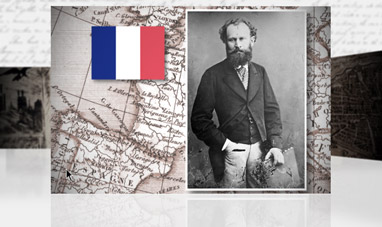

EDOUARD MANET


AKIRA KUROSAWA


CARA DELEVINGNE


CARLA FRACCI


FRANZ LISZT


GEORGES BIZET


ANTONI GAUDÍ


MICHELANGELO PISTOLETTO


WOODY ALLEN


PAUL CÉZANNE


RUDOLF NUREYEV


PIERO MANZONI
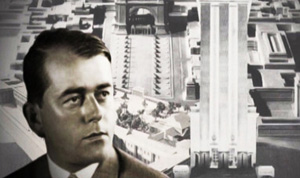

ALBERT SPEER


KARL FRIEDRICH SCHINKEL


SANDRO BOTTICELLI


SERGIO LEONE
